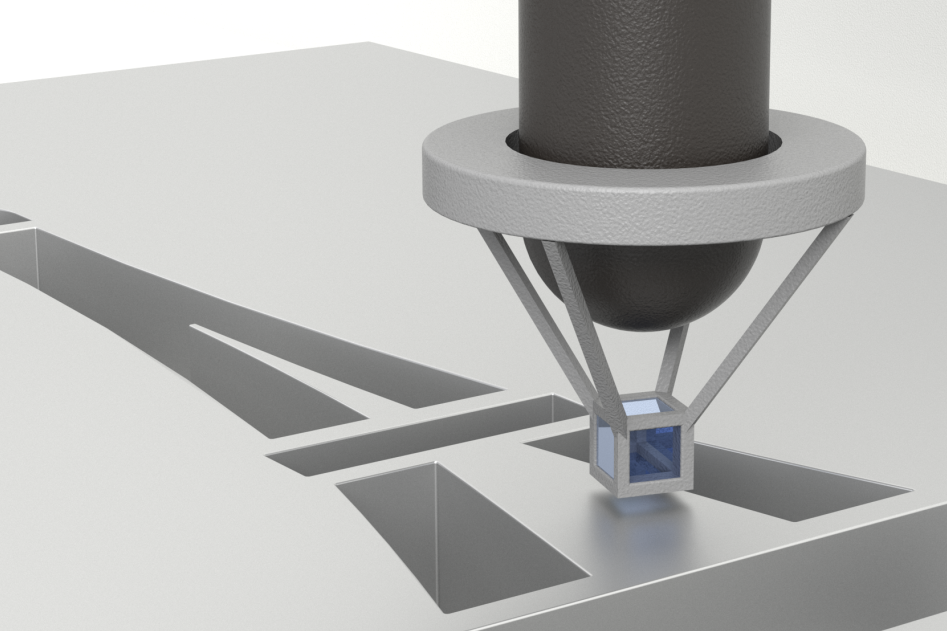- Share
- Share on Facebook
- Share on X
- Share on LinkedIn

We are developing a new type of scanning near-field acoustic microscope based on a resonant acoustic bubble. In a recent proof-of-concept study, we demonstrated the feasibility of this concept in the kHz frequency range using millimeter-scale caged bubbles. We are currently working to extend this concept to the MHz regime, where the use of micron-sized resonant bubbles could enable micrometric spatial resolution at low cost.
From a physics perspective, much remains to be understood regarding the interaction of caged bubbles with their surrounding medium, including understanding how resonance frequency and damping constant are influenced by the environment. These aspects are being explored through a combination of theoretical modeling and experiments.
References:
- D. Bouchet, O. Stephan, B. Dollet, P. Marmottant, and E. Bossy, Near-field acoustic imaging with a caged bubble, Nature Communications 15, 10275 (2024).
People involved
Emmanuel BOSSY
Dorian BOUCHET
Philippe MOREAU
Irène Wang
- Share
- Share on Facebook
- Share on X
- Share on LinkedIn